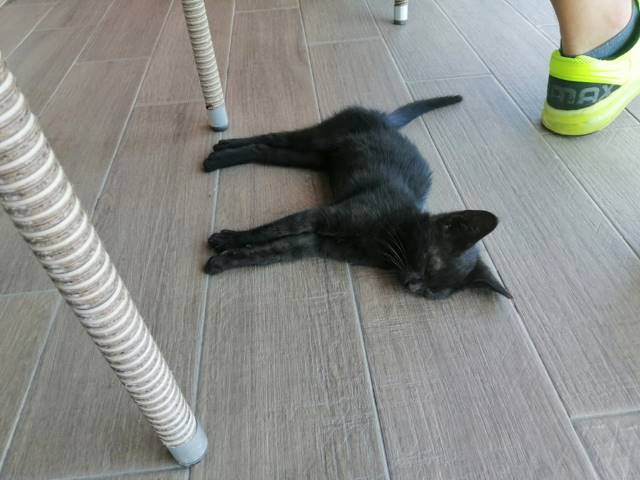When considering pet safety in relation to household plants, many pet owners have questions about Kalanchoe, a popular succulent. This plant, known for its vibrant foliage and striking flowers, often catches the eye of enthusiasts and casual gardeners alike. However, an essential aspect to ponder is whether Kalanchoe poses any danger to feline companions. The following discussion will provide comprehensive insights into the potential toxicity of Kalanchoe for cats and the precautions that should be taken.
The Toxicity of Kalanchoe: A Detailed Overview
Understanding plant toxicity is vital for any cat owner. Kalanchoe, belonging to the Crassulaceae family, contains compounds known as bufadienolides. These compounds can induce a range of symptoms in cats if ingested. Commonly known as “potted cactus,” Kalanchoe is favored for its hardiness and attractive appearance; however, its safety is often overlooked.
Identifying Symptoms of Kalanchoe Poisoning in Cats
If a cat ingests Kalanchoe, it may exhibit several signs that could indicate poisoning. The most common symptoms include:
- Gastrointestinal Distress: Vomiting and diarrhea are frequent initial reactions. These symptoms occur as the body’s defense mechanism attempts to expel the toxic substances.
- Excessive Salivation: Hypersalivation, or increased drooling, may occur as a direct reaction to the plant compounds.
- Reduced Appetite: A cat may show a decreased interest in food, which can lead to further complications if not addressed.
- Lethargy: When a cat is less active than usual or displays unusual behavior, it could signify an internal disturbance caused by toxins.
In severe cases, ingestion may lead to more serious complications, including cardiac issues or seizures. As a responsible pet owner, it is crucial to monitor your cat closely in the presence of Kalanchoe and recognize these warning signs.
What to Do If Your Cat Consumes Kalanchoe
In the event that Kalanchoe is ingested, swift action is imperative. Here’s a step-by-step response plan:
- Stay Calm: It is essential not to panic. Your demeanor can influence the cat’s reaction and will help you think clearly.
- Assess the Situation: Determine how much of the plant your cat consumed. If it was a small nibble, the outcome might not be as severe, but any amount should warrant attention.
- Contact a Veterinarian: Reach out to your vet immediately. Describe the situation in detail, including your cat’s weight, health status, and the amount of Kalanchoe ingested. They may advise you to bring your cat in for further treatment based on this information.
Keep in mind that delay in treatment can exacerbate symptoms and could lead to severe consequences. If possible, having a piece of the plant or a photo to show the vet can help them determine the best course of action.
Keeping Your Home Safe: Preventative Strategies
The most effective strategy to avoid poisoning is prevention. Implementing the following measures will help ensure your cat’s safety around Kalanchoe and other houseplants:
- Educate Yourself: Familiarize yourself with common houseplants that may be harmful to cats. Establish a plant database that lists both safe and toxic varieties.
- Choose Cat-Friendly Foliage: If you’re an avid plant lover, consider opting for cat-safe plants, such as spider plants or cat grass. These plants not only enhance your decor but also provide a safe environment.
- Secure Plants Away from Reach: If you choose to have Kalanchoe or other potentially dangerous plants, ensure they are placed out of your cat’s reach. Consider utilizing hanging baskets or high shelves as suitable locations.
In addition to physical barriers, using deterrents or sprays that are safe for pets but unpleasant for them can help keep curious pets at bay.
Final Thoughts on Kalanchoe and Cat Safety
In conclusion, while Kalanchoe remains a sought-after plant due to its visual appeal and ease of care, cat owners must remain vigilant about its toxicity. The bufadienolides present in Kalanchoe can pose serious health risks to cats if consumed. Understanding the symptoms of poisoning and knowing how to react will equip pet owners with the necessary knowledge to ensure their feline companions remain safe.
Ultimately, awareness and preventative measures are key. By being proactive in securing the home environment and opting for non-toxic plants, pet owners can enjoy their botanical interests without compromising their pets’ health. Your cat deserves a safe and nurturing space, one in which the beauty of nature does not come at a steep price. Stay informed and keep those curious paws away from harmful plants.





Leave a Comment